Kuzuyaki (Grilled Kudzu)*
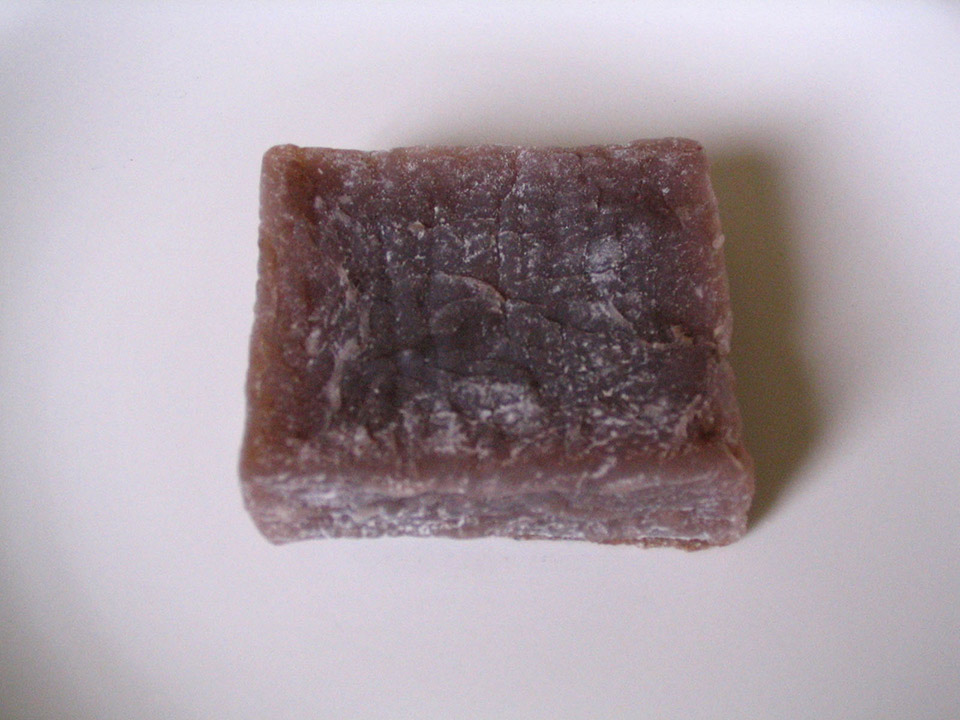

You must be logged in as a member of UMAA to view this page.
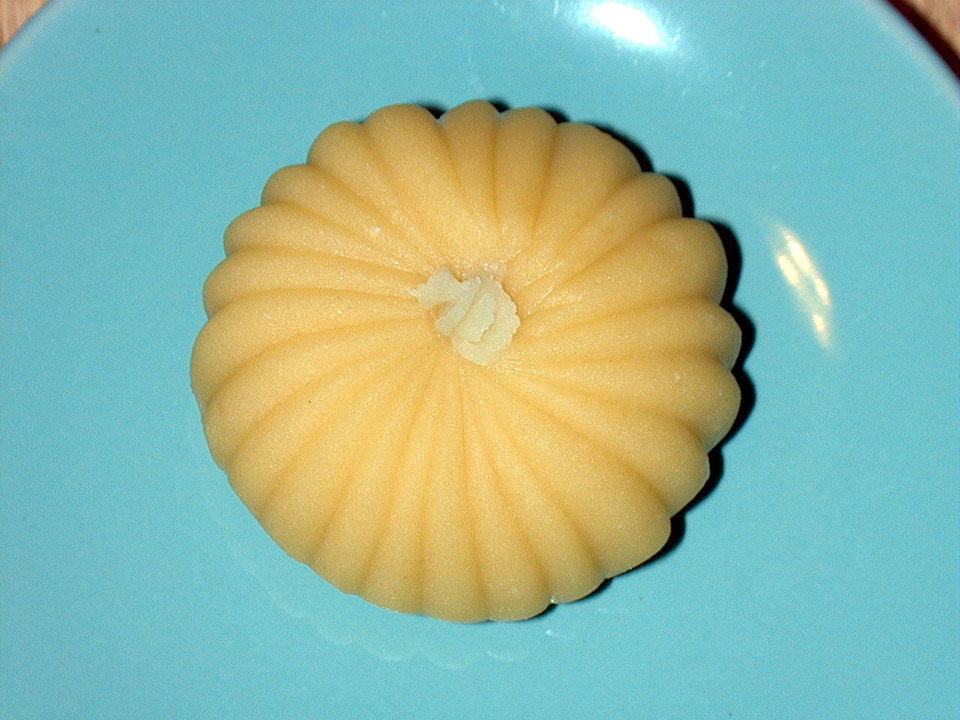
You must be logged in as a member of UMAA to view this page.
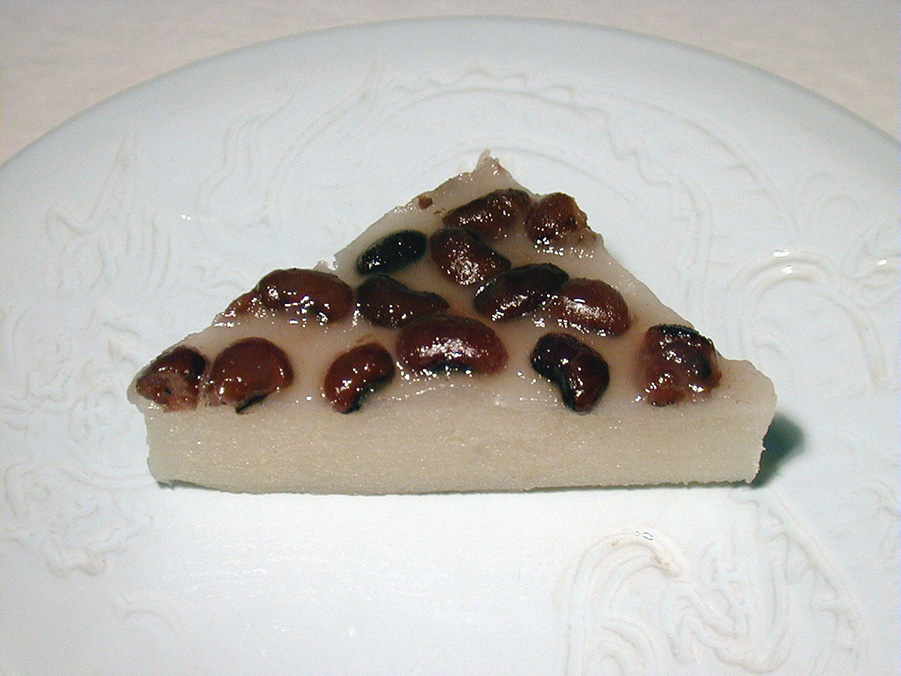
You must be logged in as a member of UMAA to view this page.
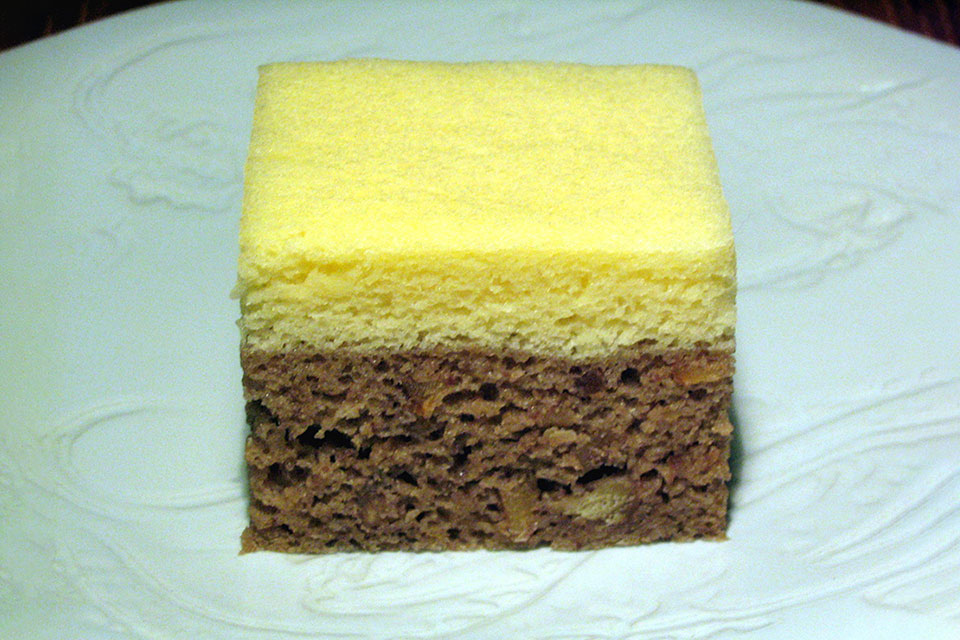
You must be logged in as a member of UMAA to view this page.
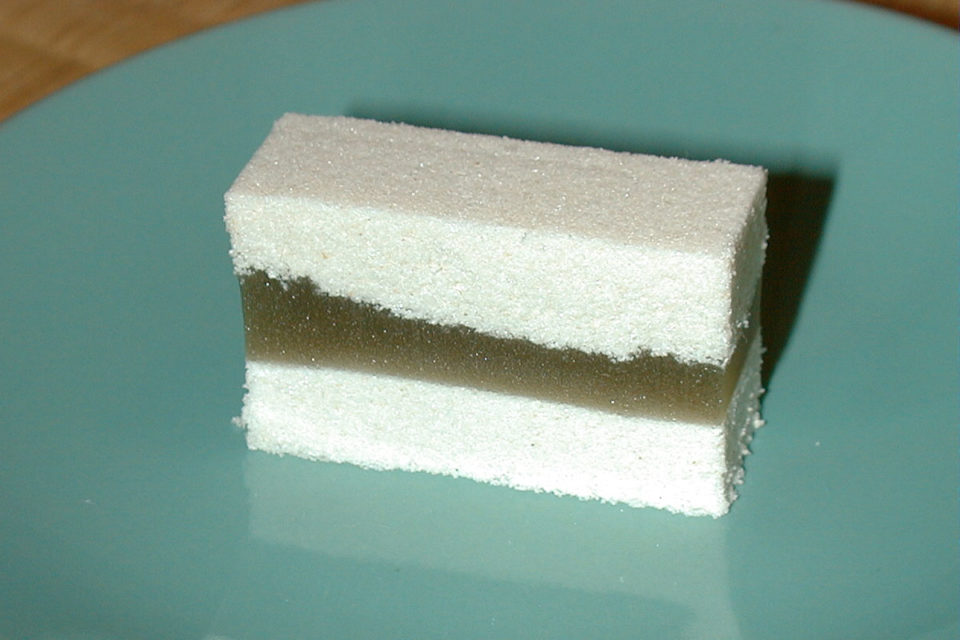
You must be logged in as a member of UMAA to view this page.
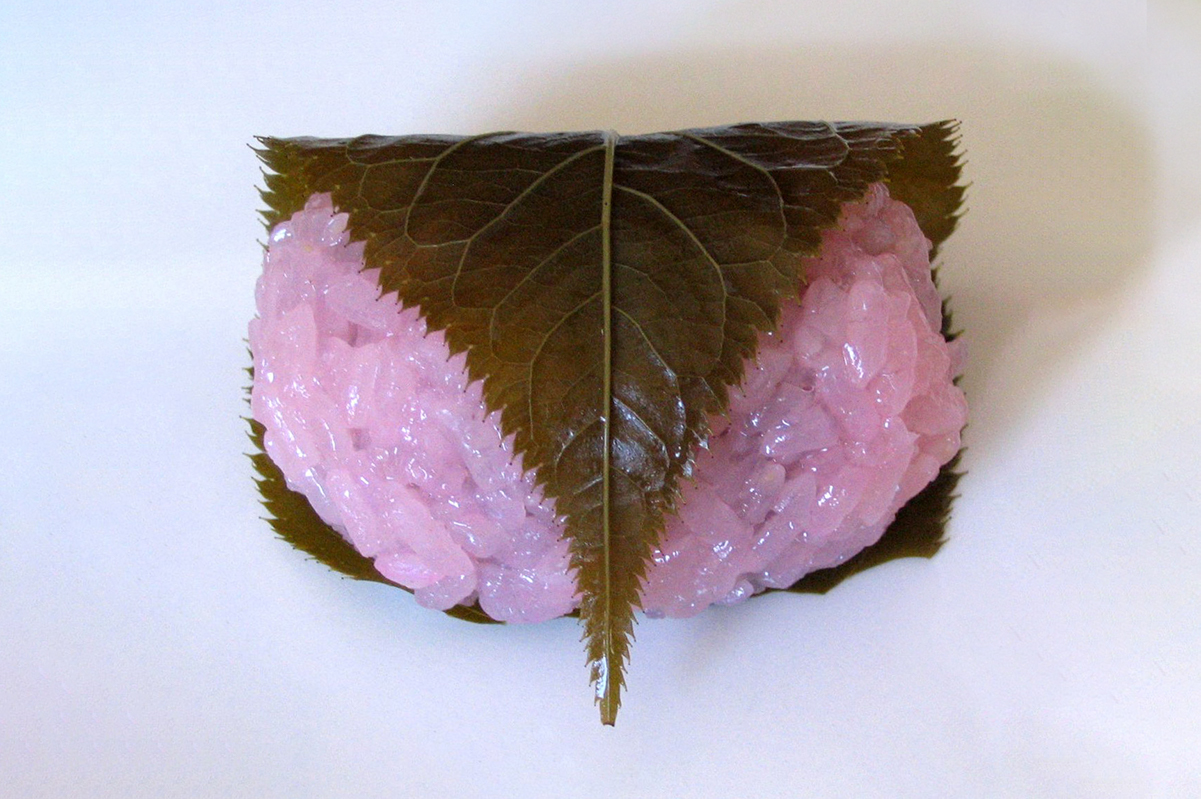
You must be logged in as a member of UMAA to view this page.
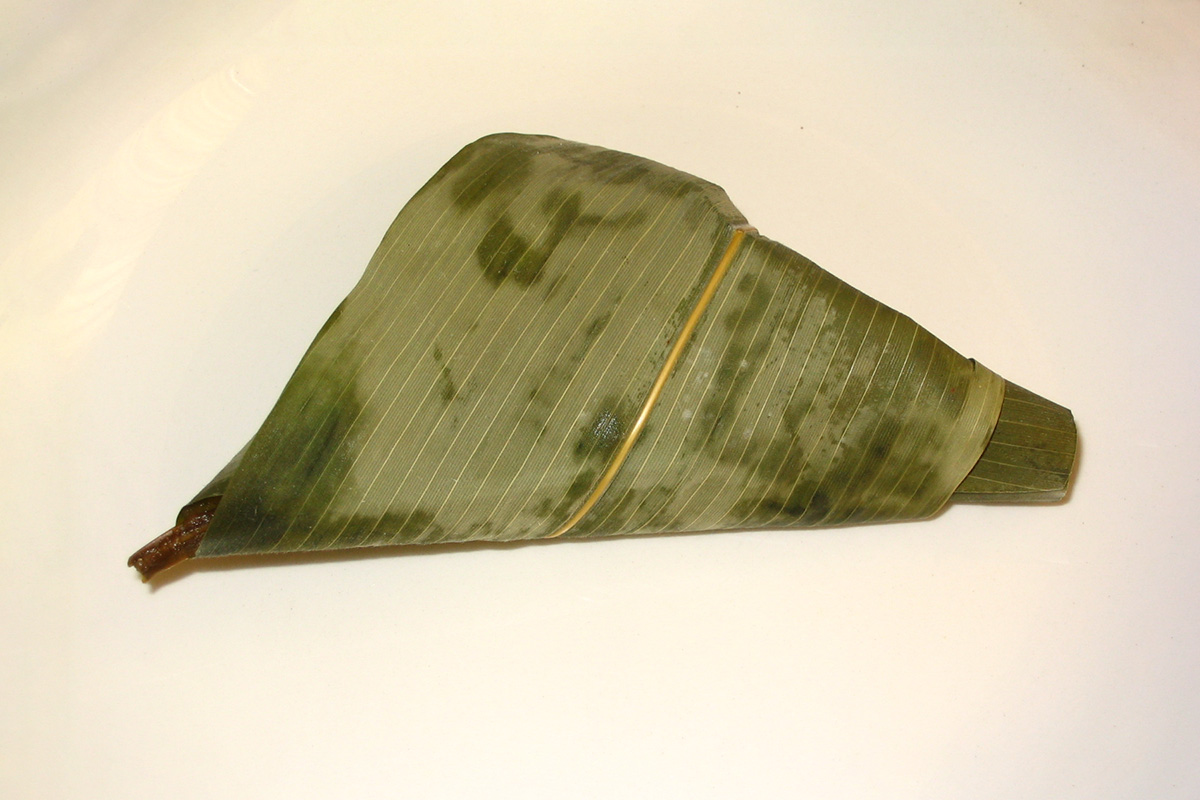
You must be logged in as a member of UMAA to view this page.
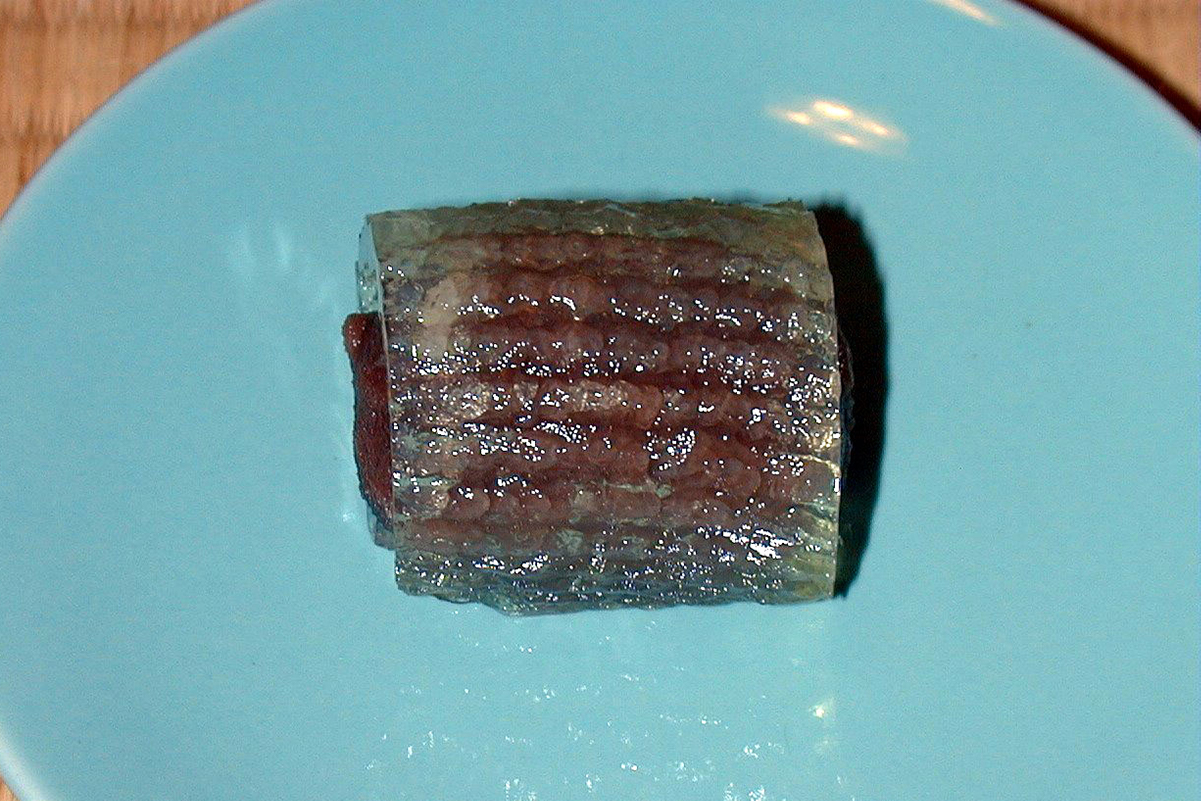
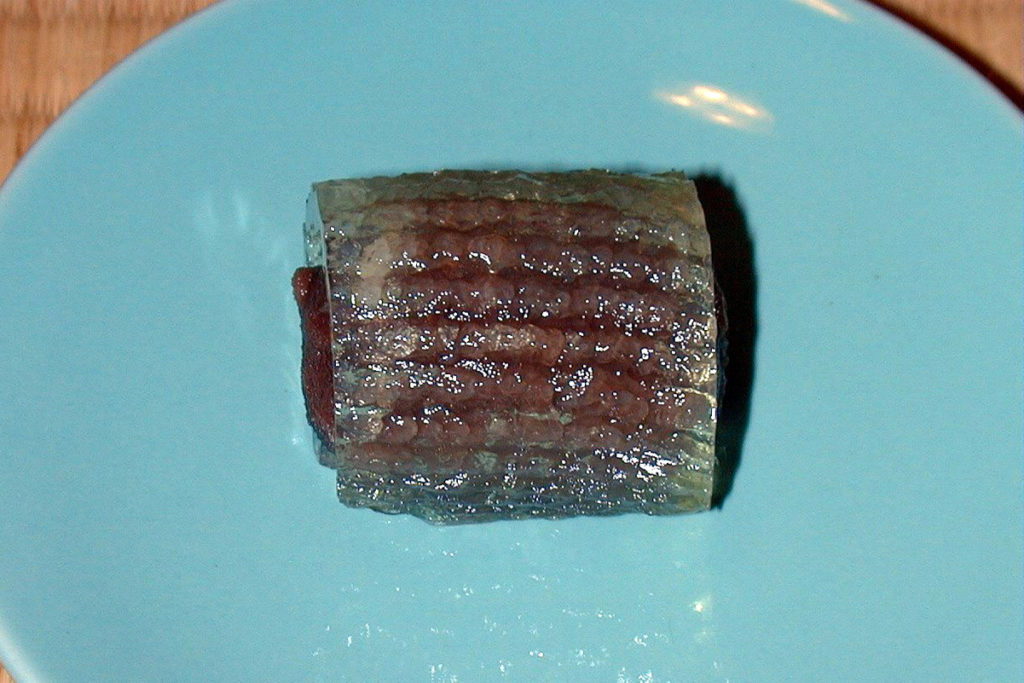
Kimika Soko Takechi
Larry Sokyo Tiscornia
teatimes@chanoyu.com
NOTE: Any non acidic flavoring can also be added when adding the color. Acid will cause the kanten not to gel properly.
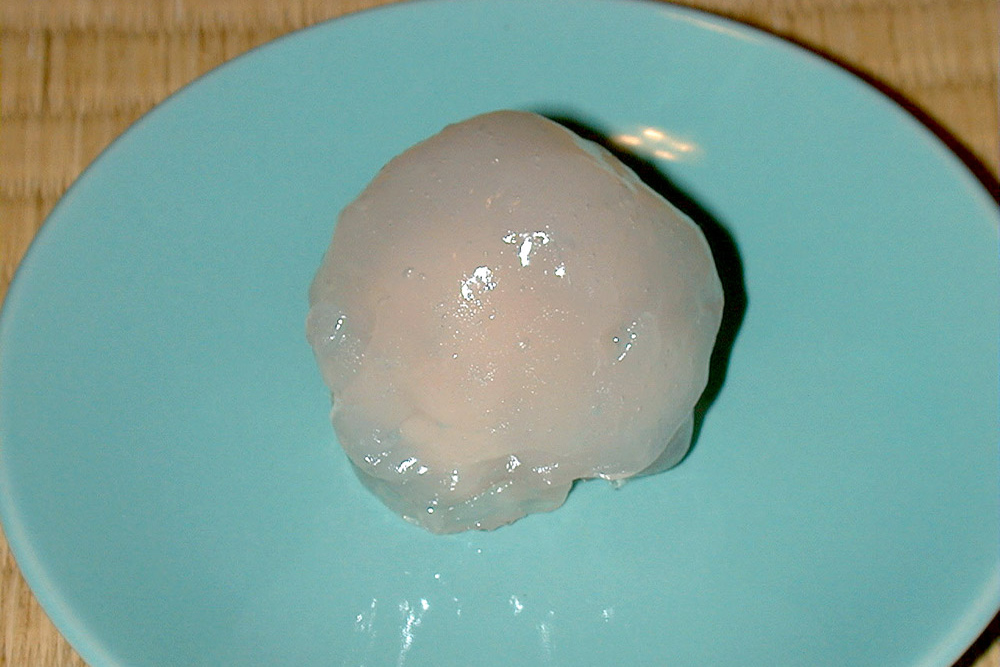
You must be logged in as a member of UMAA to view this page.
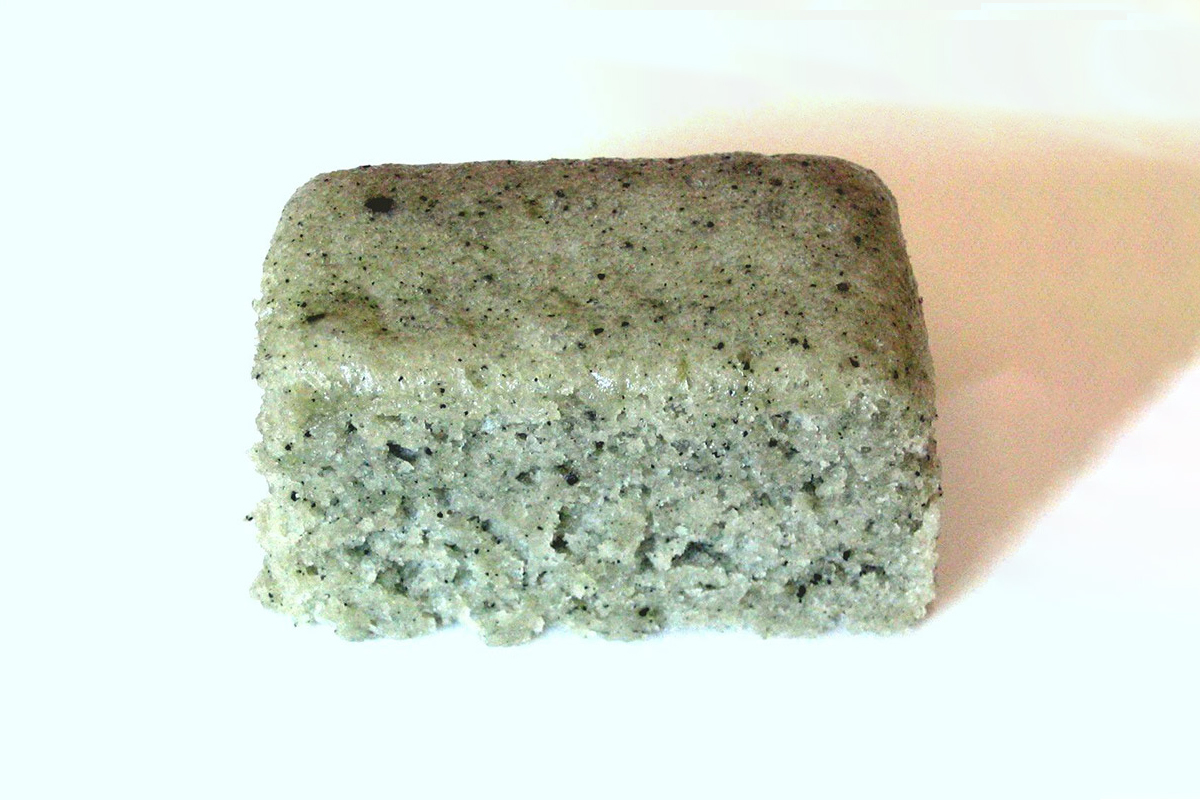
You must be logged in as a member of UMAA to view this page.
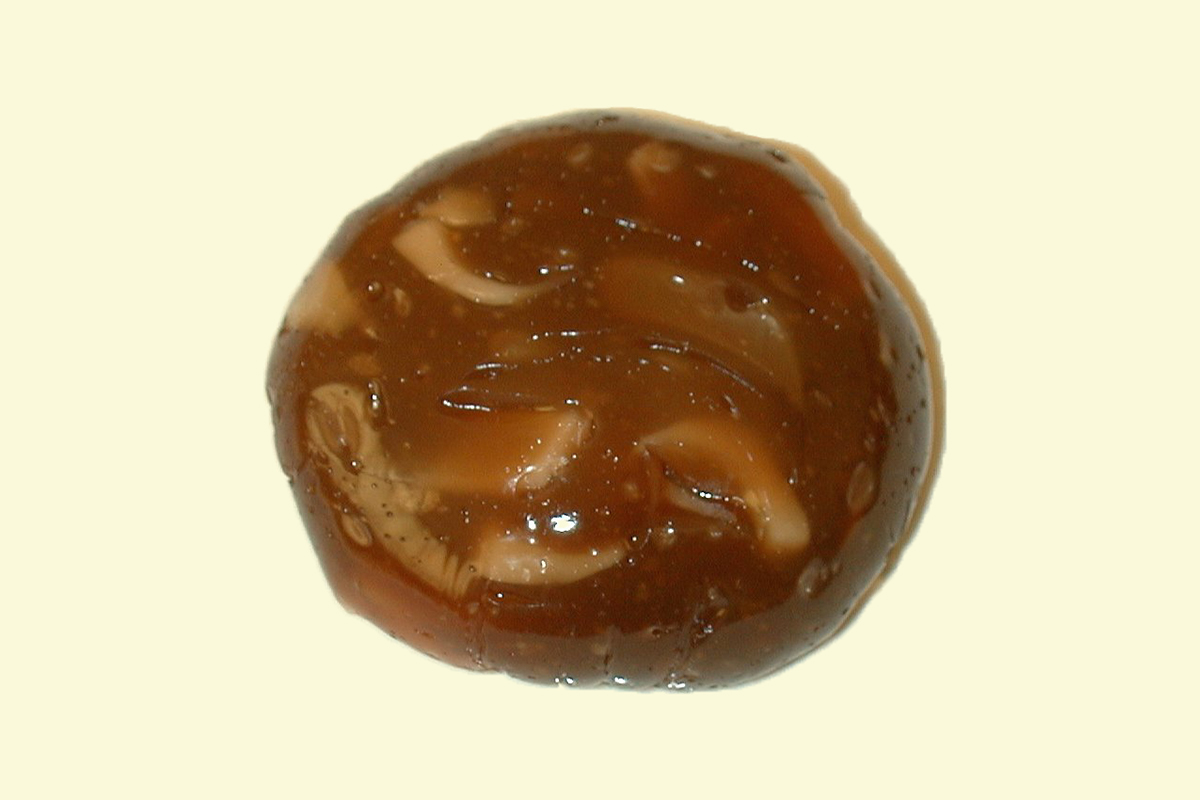
You must be logged in as a member of UMAA to view this page.
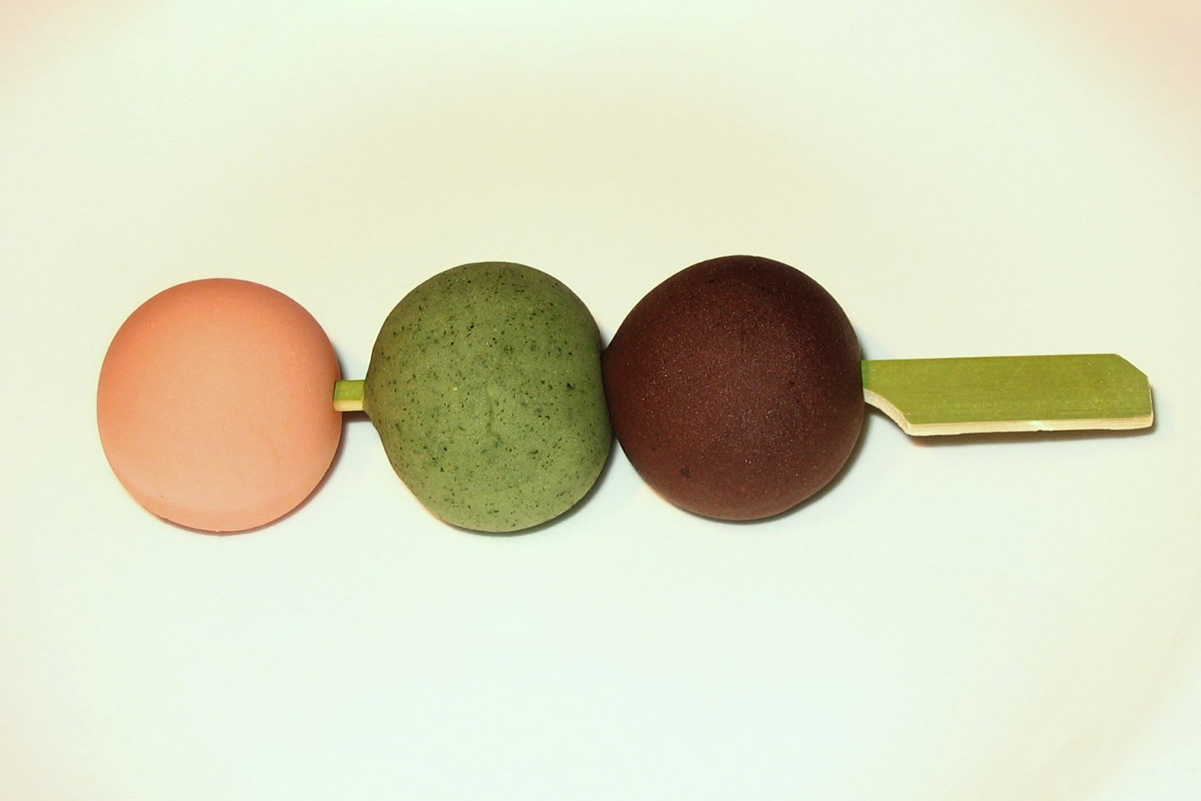
You must be logged in as a member of UMAA to view this page.
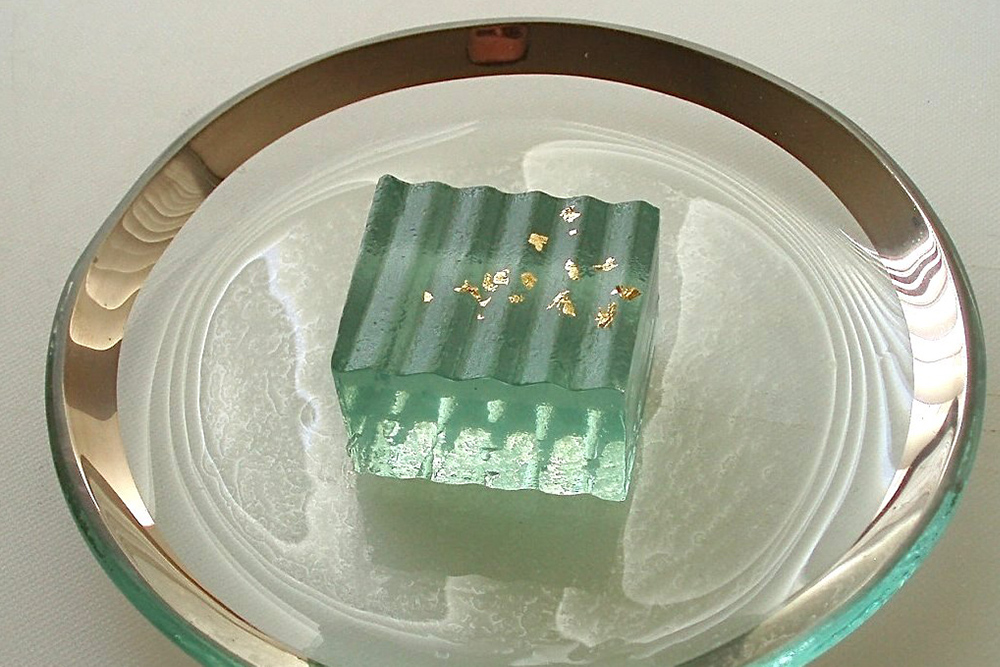

Named「みどりの星」Midori no Hoshi (Green Stars) by Hounsai Daisosho, this sweet was designed by Midorikai alum Glenn A. Sorei Pereira of Boston, MA, for the 40th Midorikai Reunion tea in Honolulu on July 19, 2010.
Glenn A. Sorei Pereira
GAPereira@aol.com
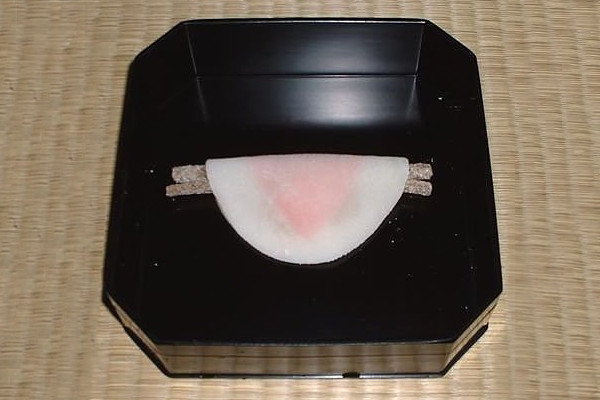
You must be logged in as a member of UMAA to view this page.
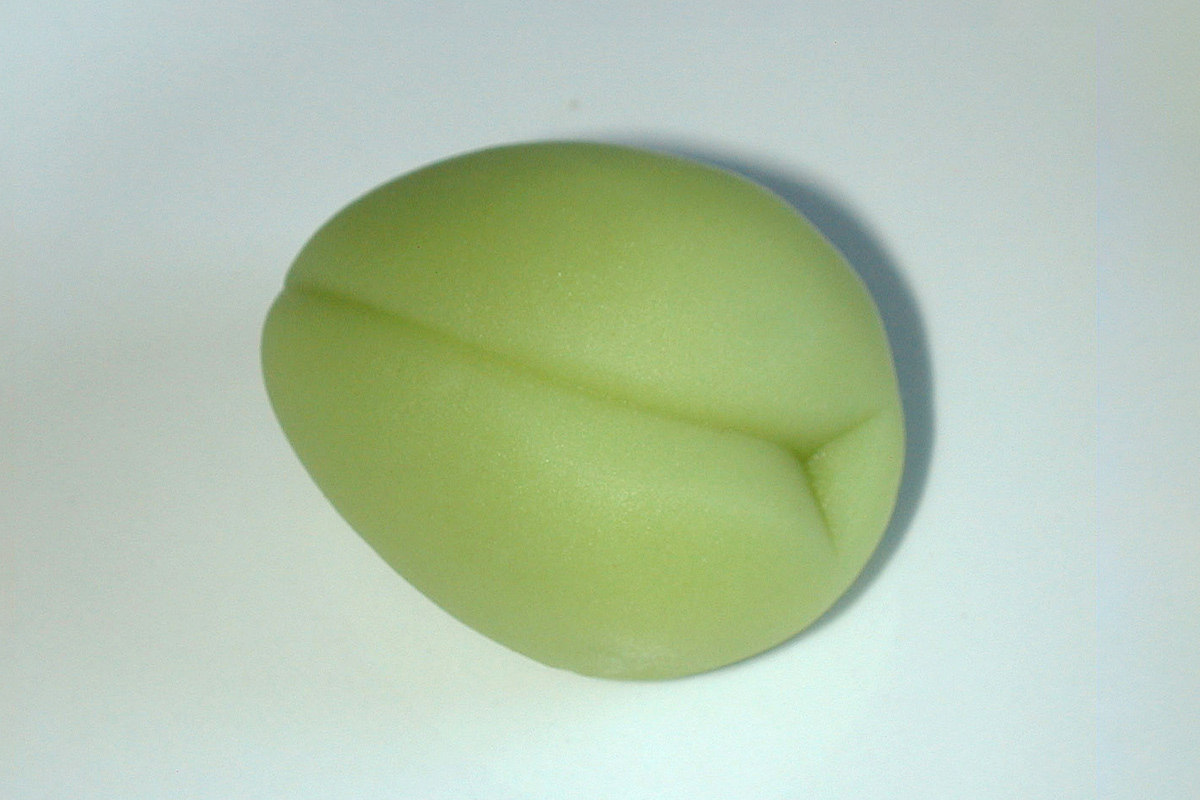
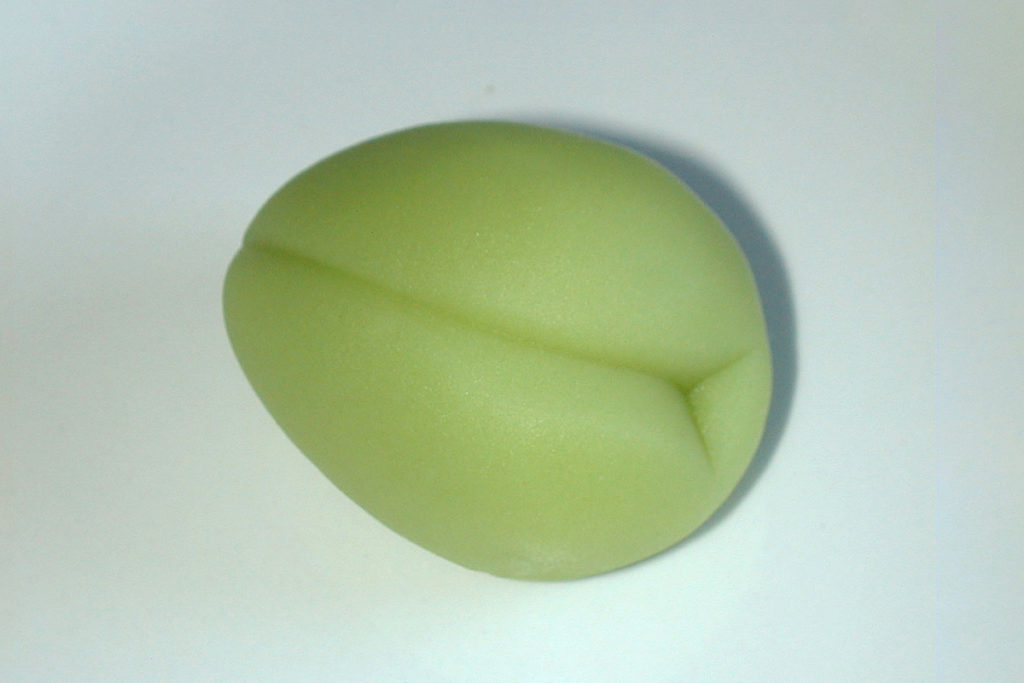
Kimika Soko Takechi
Larry Sokyo Tiscornia
teatimes@chanoyu.com
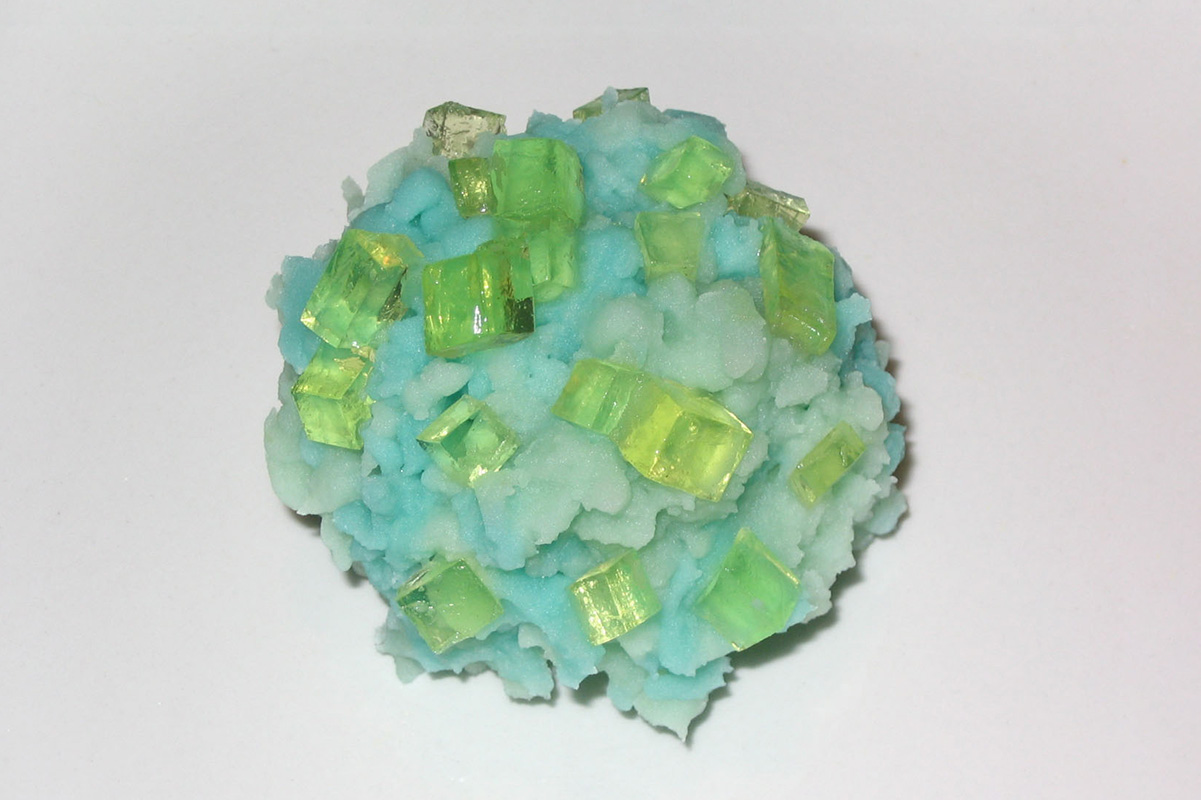
You must be logged in as a member of UMAA to view this page.